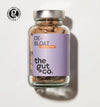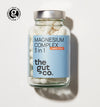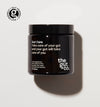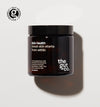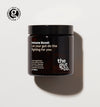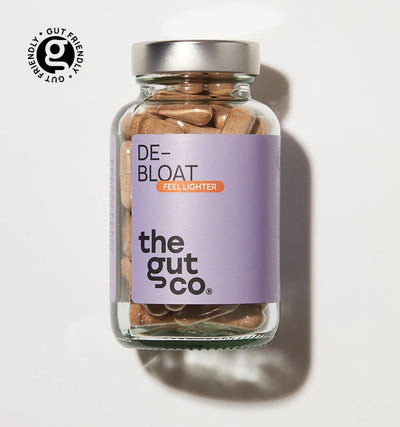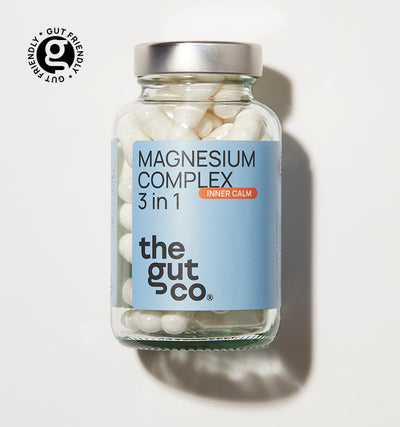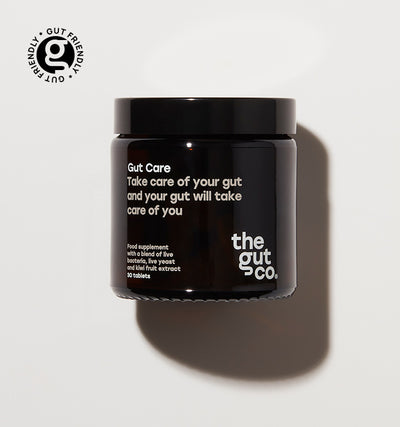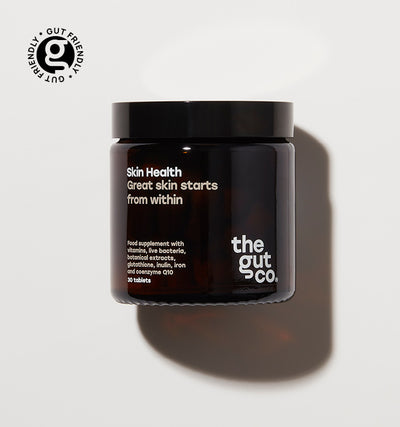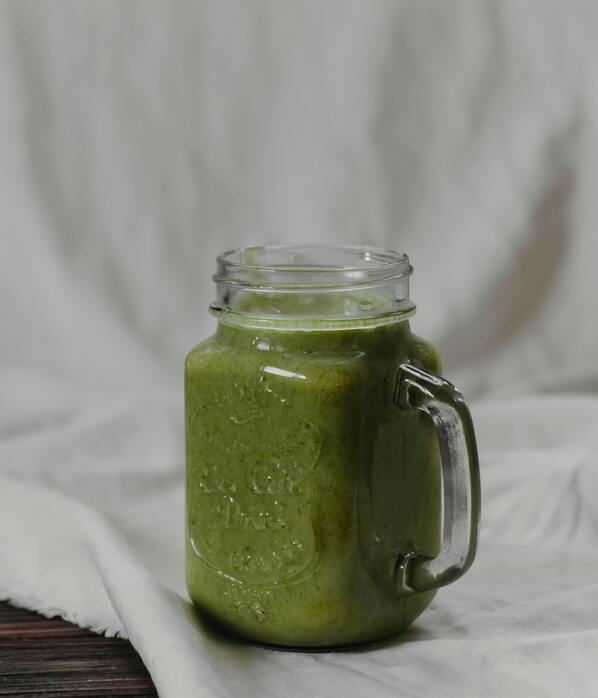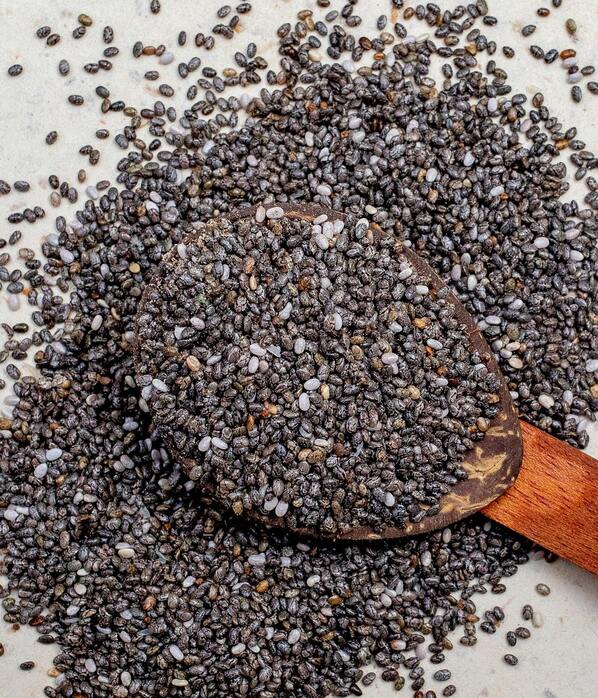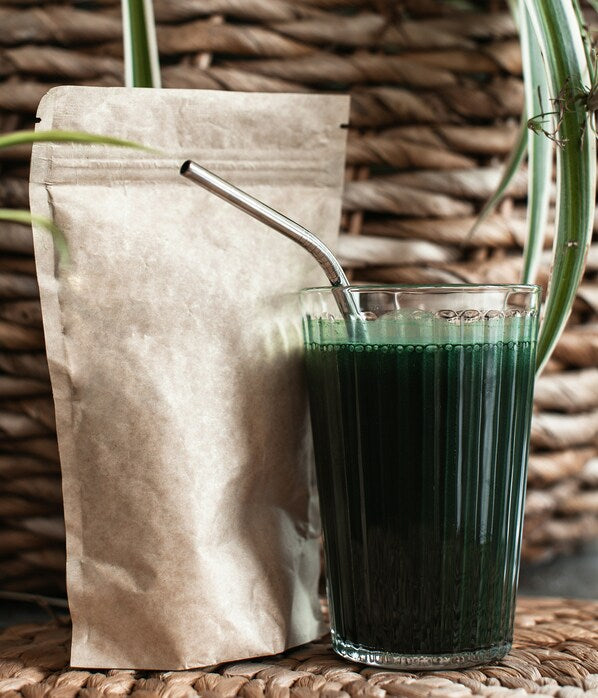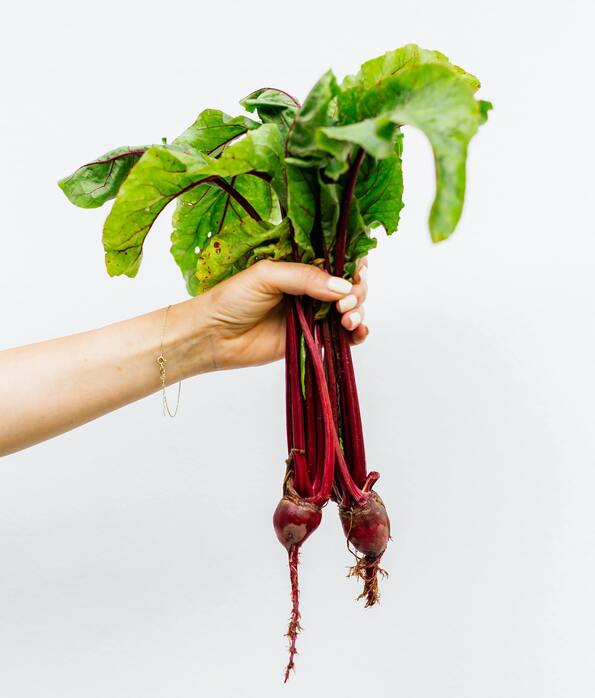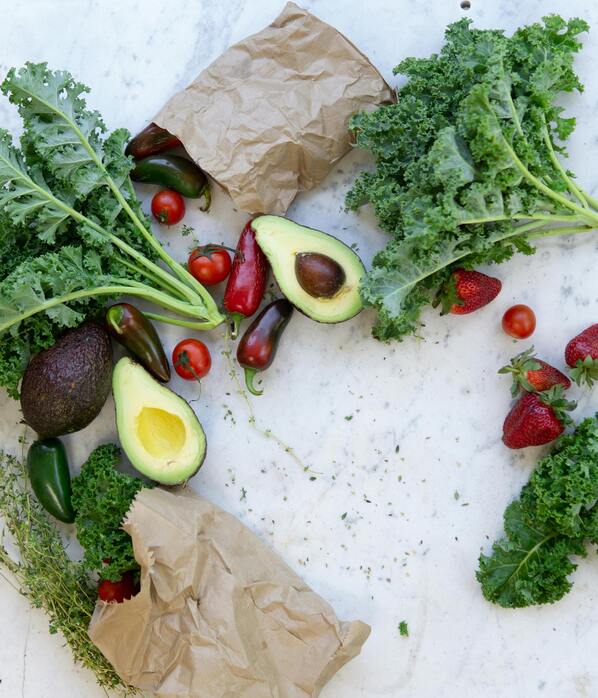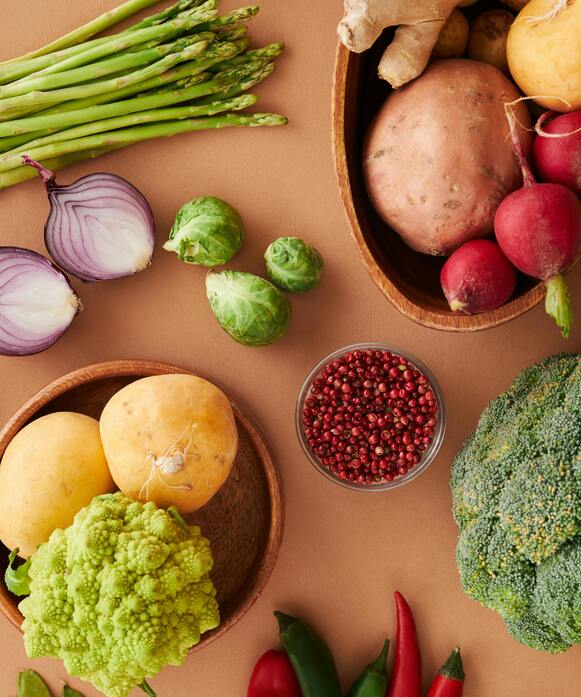What Is Anaemia?
Date:
08 Jun 2022

Anaemia is a reasonably common issue that affects around two billion people, more than 30% of the general population.1 However, it is stated that anaemia is not a diagnosis or an illness but rather a symptom or presentation of an underlying condition.2
This is due to anaemia being described as a reduction in the proportion of red blood cells in one’s body. The causes of this happening depend on which type of anaemia an individual suffers.
The Types of Anaemia
There are several types of anaemia, which in turn dictate the underlying issue in each suffering individual. There are a few telltale symptoms that indicate to the individual that they are usually lacking iron.
This is why the most common type of anaemia is iron-deficiency anaemia and is usually what is being referred to when anaemia is spoken of.
Iron Deficiency Anaemia
As previously mentioned, this is the most common kind of anaemia. It is recorded to account for around 30-50% of anaemia in children and other groups.3 those who suffer from this usually report the following symptoms:4
- Extreme fatigue
- Weakness
- Pale skin
- Chest pain
- Fast heartbeat
- Shortness of breath
- Headaches
- Dizziness
- Light-headedness
- Cold hands and feet
- Inflammation or soreness of the tongue
- Brittle nails
- Unusual cravings such as ice and dirt
- Poor appetite
If you have experienced any of the above symptoms, please speak to your doctor for a diagnosis and medical advice before attempting to supplement on your own. This is because overloading the body with iron is just as dangerous as the body is low in iron.5
Pernicious Anaemia
This anaemia occurs when an individual cannot absorb vitamin B12. This, in turn, means that the body cannot produce healthy red blood cells, which is also a presenting issue in folic acid deficiency.6.
So, there is no actual deficiency within the individual, so it’s always best to see a doctor before supplementing something to help with a presumed deficiency.
Vegetarian And Vegan Anaemia
This term has been spoken about in the health and wellness community over the past few years, primarily due to the popularity of vegan and vegetarian diets.
It states that those following these diets often don’t get enough iron because many individuals get their iron from meat and seafood. However, there are plenty of ways to increase iron intake while on a plant-based diet.7
This doesn’t discount that this is a reasonably common occurrence. While starting a plant-based diet can become deficient in iron and vitamin B12, so it is usually best to supplement them.
As always, it's always best to speak to your doctor before making changes to your diet and when considering using supplements.
Ways To Increase B12 And Iron
Here at the Gut Co, we believe that prevention is always better than cure; that’s why we have so many resources available here on the Gut Hub so that your diet can fix your gut before introducing any supplements into your diet.
This applies to iron deficiency anaemia. So here are some foods you can add to your diet to ensure you’re hitting your iron and B12 intake most of the time.
Leafy Greens
Spinach, Kale and Chard are excellent sources of vitamins and are also high in prebiotics. However, there is a catch when it comes to leafy greens. Despite being high in iron, Spinach and Kale are also high in oxalates, which bind with iron and partially prevent absorption.
The good news is that vitamin C can help with this because it allows your stomach to absorb iron, so when there are greens on your plate, it's best to have oranges, red peppers or strawberries soon after or before.
On the other hand, Chard is high in iron and vitamin c. Making it the best choice for boosting iron regularly.8
Beans
Beans are surprisingly high in iron and other nutrients such as calcium, magnesium, and dietary fibre, which are suitable for your gut health. Some of the best beans for iron content include kidney beans, black beans, soya beans and butterbeans.
However, studies have concluded that white beans contain more bioavailable iron than red ones.9 This means beans on toast are quite a good choice for your lunch or dinner and are incredibly budget-friendly.
Cast Iron Pots And Pans
Cast iron pans are not food. However, they increase the iron content of the food cooked in them.
A study concluded that there was an increase in the iron content of food cooked in a cast iron pan of 16.2% compared to non-stick pans, and after using cast iron for four months, there was a 7.9% iron increase in the haemoglobin of children.10
Not only is cast iron a good investment for your health, but it will also last you a lifetime when looked after correctly!
Conclusion
Health is precious, and that’s why it’s best always to enjoy a varied and balanced diet. We recommend regular check-ups with your doctor to ensure that you are functioning the best you can.
The doctor’s opinion is always the best, but taking a personal interest in what you consume is excellent. A good rule of thumb is to try and always eat the rainbow in a day (lots of colourful fruit and veg).
References
- Clinic C. Anemia: Symptoms, Types, Causes, Risks, Treatment & Management. Cleveland Clinic. https://my.clevelandclinic.org/health/diseases/3929-anemia. Published 2022.
- Turner, J., Parsi, M., & Badireddy, M. (2022). Anemia. In StatPearls. StatPearls Publishing.
- Miller JL. Iron deficiency anemia: a common and curable disease. Cold Spring Harb Perspect Med. 2013;3(7):a011866. Published 2013 Jul 1. doi:10.1101/cshperspect.a011866
- Clinic M. Iron deficiency anemia - Symptoms and causes. Mayo Clinic. https://www.mayoclinic.org/diseases-conditions/iron-deficiency-anemia/symptoms-causes/syc-20355034. Published 2022.
- McDowell LA, Kudaravalli P, Sticco KL. Iron Overload. [Updated 2022 Apr 28]. In: StatPearls [Internet]. Treasure Island (FL): StatPearls Publishing; 2022 Jan-. Available from: https://www.ncbi.nlm.nih.gov/books/NBK526131/
- Rodriguez NM, Shackelford K. Pernicious Anemia. [Updated 2021 Jul 7]. In: StatPearls [Internet]. Treasure Island (FL): StatPearls Publishing; 2022 Jan-. Available from: https://www.ncbi.nlm.nih.gov/books/NBK540989/
- Larpin, C., Wozniak, H., Genton, L., & Serratrice, J. (2019). Alimentations végétariennes et véganes : quelles conséquences sur la santé ? [Vegetarian and vegan diets and their impact on health]. Revue medicale suisse, 15(667), 1849–1853.
- McDermott A, Warwick K. Anemia: Best Diet Plan. Healthline. https://www.healthline.com/health/best-diet-plan-for-anemia#leafy-greens. Published 2020.
- Tako, E., & Glahn, R. P. (2010). White beans provide more bioavailable iron than red beans: studies in poultry (Gallus gallus) and an in vitro digestion/Caco-2 model. International journal for vitamin and nutrition research. Internationale Zeitschrift fur
- Kulkarni, S. A., Ekbote, V. H., Sonawane, A., Jeyakumar, A., Chiplonkar, S. A., & Khadilkar, A. V. (2013). Beneficial effect of iron pot cooking on iron status. Indian journal of pediatrics, 80(12), 985–989. https://doi.org/10.1007/s12098-013-1066-z

